Plants are very cool. If you are interested in teaching your children more about plants, you landed in the right spot. Biology is a fascinating subject because there is so much to learn. Just when you think you understand it, there become more opportunities to uncover new topics.
Many people are scared to learn about parts of plants and their different functions. Use this feeling to harness your worry and transform your doubt into a full-body learning experience. Stay curious and adjust your knowledge as new concepts and skills arise.
In the kingdom Plantae, there are seed-bearing plants. These plants have many different parts and functions that work together to sustain animal life on earth. Living plants must remain stable, metabolize, reproduce, respond to stimuli, and adapt. Each part works together to facilitate life.
Biology is a rad subject, and I hope that you find this helpful. It can be a loaded topic, but it’s one that never changes even as we learn more about life. People explain plant functions and chemical reactions better as they grow and evolve with plant counterparts.
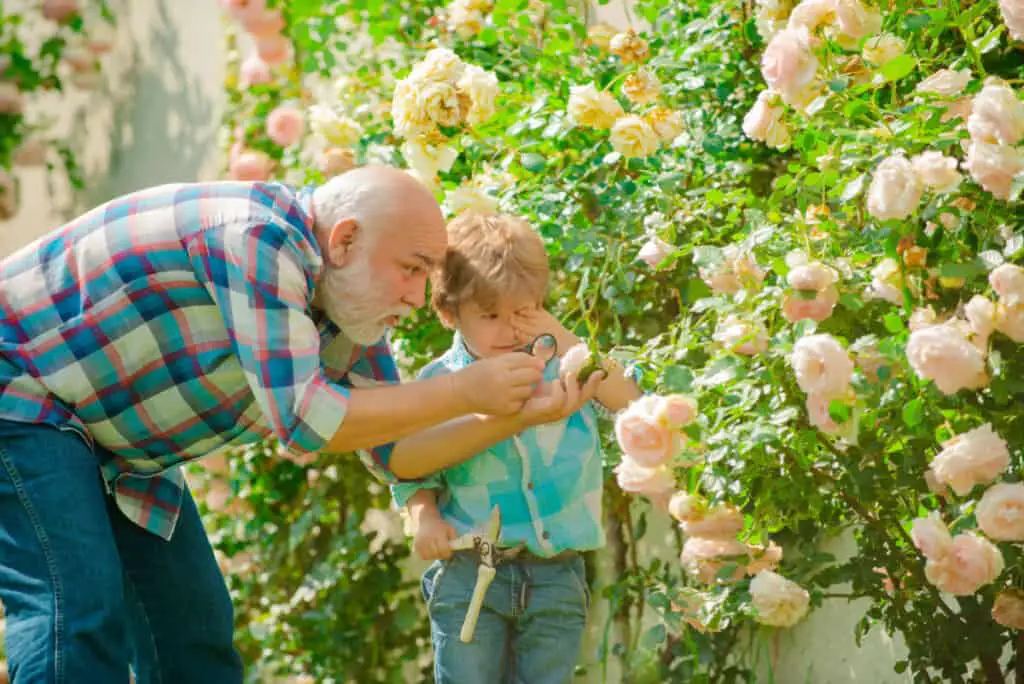
What are the 6 essential parts of a plant?
There are many parts, terms, chemical reactions, and diagrams in biology. Plants are complex, and there are many different structures, functions, and purposes to all the varieties of plants. They grow and adapt, which makes them change in real-time.
Let’s assume you have a flower to break it up into smaller pieces.
There are six essential parts of a plant.
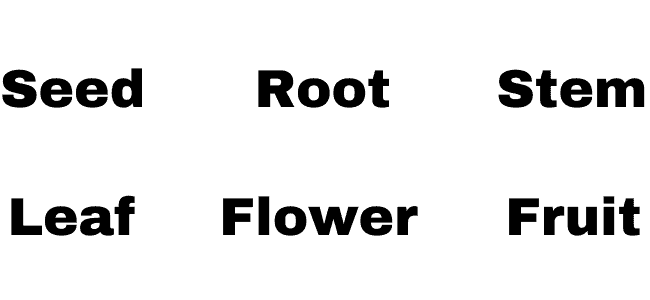
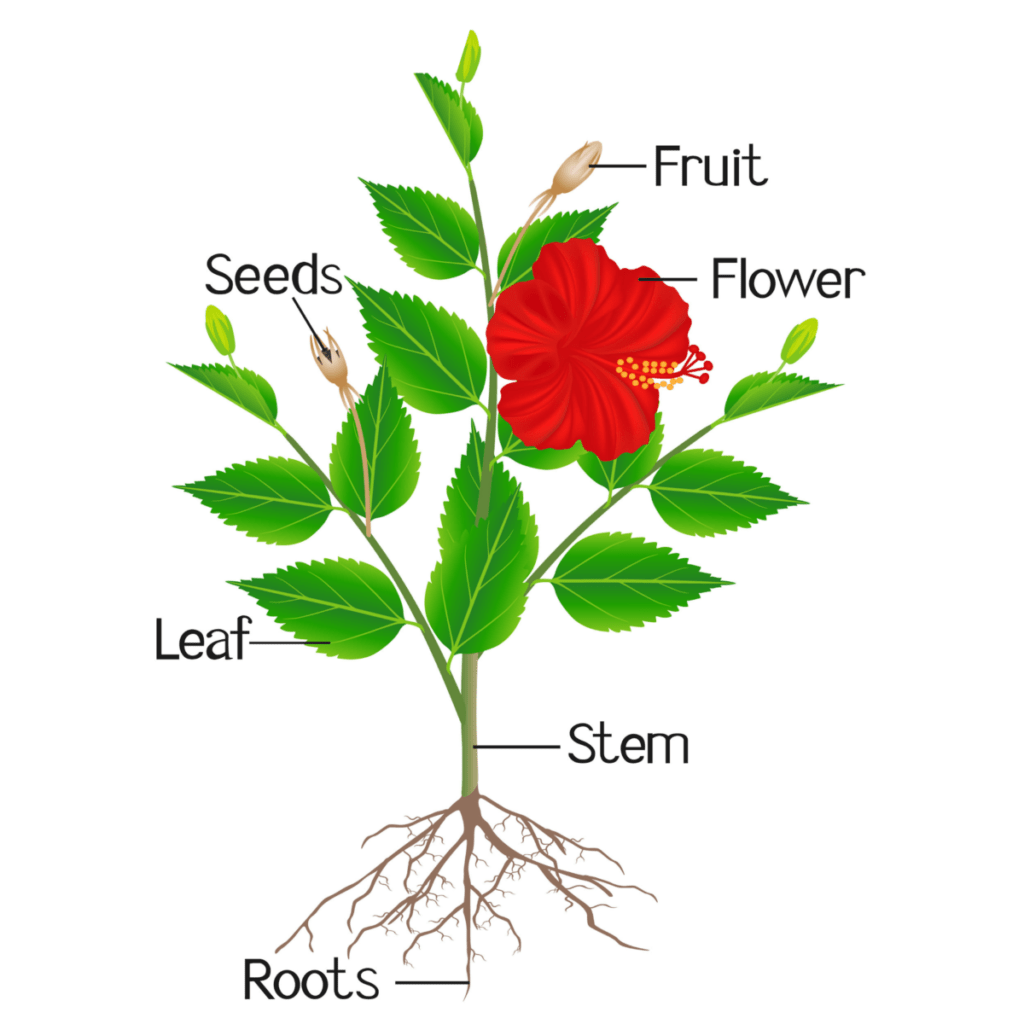
What are the functions of each part of plants?
Seed
Seeds are responsible for holding nutrients. A seed includes an embryo and nutrients for growth and development. The exterior, or the seed coat, is a hard shell to protect the plant while inactive. When active, the embryo begins to process or metabolize. This stage is called water imbibition. This happens when the water makes its way past the seed coat to trigger a release of essential enzymes stores within the seed to nourish the seed– resulting in seed growth.
Root
Roots are supportive and anchor the plant in its place and are arguably the most essential part of a plant. They provide nutrients by drawing moisture and vitamins from the ground and act like a storage system because they contain crucial compounds and retain water that is not in active use.
Like highways, the root structures transport moisture and nutrients through the plant as they signal the need. Roots compete with other sources and maintain survival by growing strong, competing with surrounding plant roots, and storing moisture and nutrients.
Stem
Stems are a structural component of a plant and provide a place for essential chemical reactions to occur. They provide areas for the buds, flowers, leaves, and fruits to grow as the plant matures and develops. This area makes photosynthesis possible as leaves position themselves for proper energy conversion. The stem transport and stores water and nutrients the way a root does but appears above the ground.
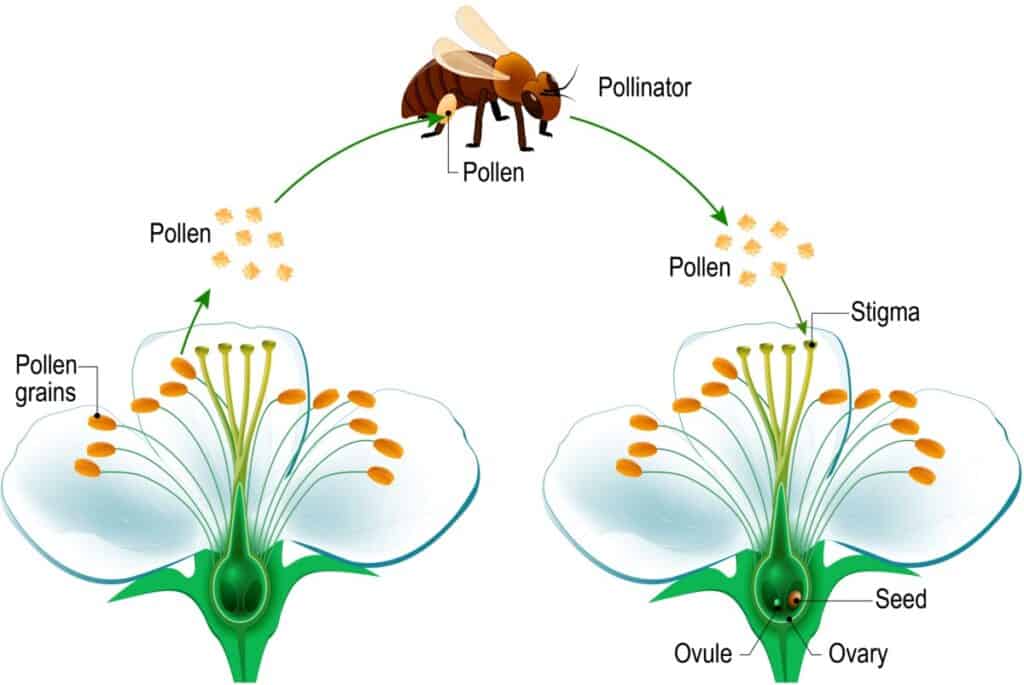
Leaf
Leaves are an integral part of the plant because they make and store food and release gas and vapor. They are responsible for creating food through a cycle called photosynthesis. Plant leaves contain chlorophyll which prepares the plant to convert sun energy to chemical energy –to make glucose– through cellular respiration.
Used for transpiration, leaves assist in moisture movement and proper evaporation throughout the plant. When plants are in a humid environment or contain too much water, leaves go through a process called guttation to release moisture. When leaves continue to produce gasses during the night, they release gasses from the stomata to relieve the leaves of excess chemicals.
Flower
The flower blossom, or petal, within a plant is to aid reproduction by producing pollen. Not only do they look attractive to humans, but they have also adapted to be appealing to pollinators– insects, small critters, and birds. Flower’s objective is to spread the pollen via wind or attract pollinators through smells, colors, patterns, and textures.
The flower tricks the pollinator into transporting pollen or contains a feature the pollinator desires and helps through mutualization. Pollinators typically eat nectar or accidentally mate with an attractive flower covering themselves in pollen, thus transporting the pollen.
After the pollinator travels to another flower to benefit from its nectar, it spreads the pollen from the last flower onto the new flower’s ovary and begins the reproductive cycle. When the ovary has succeeded at reproduction, a new seed grows, the flower’s ovary turns to fruit, and the petals die.
Fruit
Fruit is considered a reproductive part of the plant. The primary function of the fruit on a plant is to protect the seed and facilitate transportation. Strawberries, apples, pears, tomatoes, avocados, pomegranates, and kiwis all have visible seeds. The fruit is created from the flower’s ovary once the flower has successfully completed a new life. The seeds are transported through animals, wind, and water to transplant into future soil.
What is the most important part of a plant?
There are many functions of a plant, and they have many tasks that are valuable to the plant’s reproduction and survival. A part of the plant is arguably the most important and fights for the spot of the most valuable part– roots. Without these structural components, there is no plant.
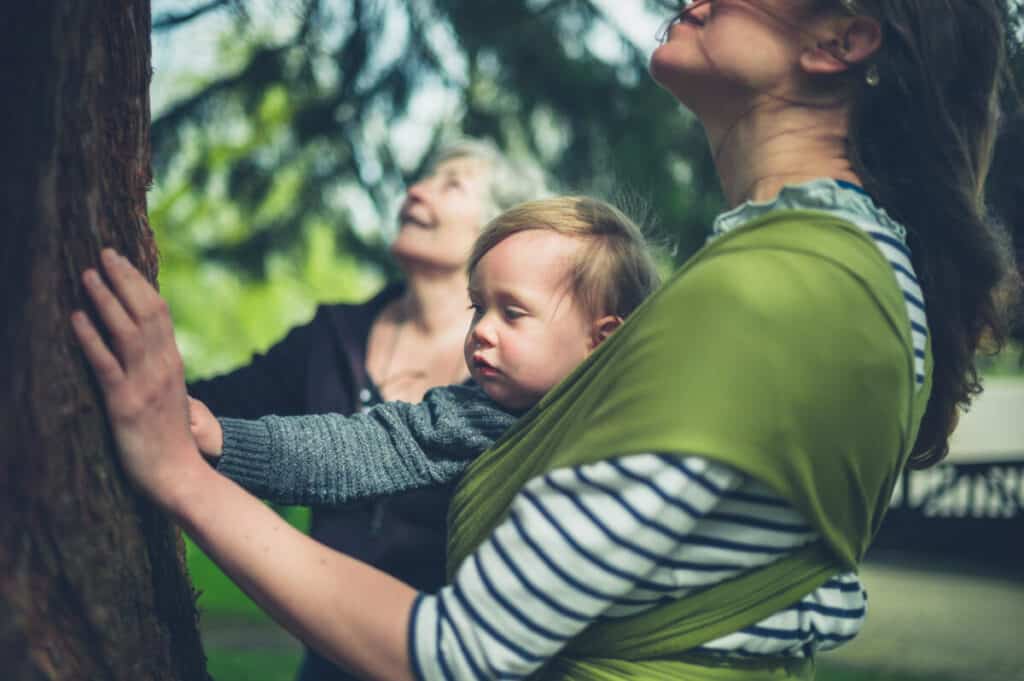
Examples and characteristics of gymnosperms and angiosperms?
Angiosperms are flowing plants, while gymnosperms are seed-producing plants that make no flowers or fruit. There are many, many different examples of gymnosperms and angiosperms. The following list is a few other examples.
Angiosperms
Fruit trees– apple, pear, plum, lemon, orange
Vegetables–pepper, cauliflower, potatoes
Garden flowers–tulips, daisies, roses,
Grains–rice, wheat, corn
Fruit plants– strawberry, blackberry, tomato
Indoor plants–violets, orchids, lipstick, fuschia
Gymnosperms
Pine trees
Cedar trees
Redwood trees
Ginkgo trees
Juniper trees
Evergreen trees
How do plant parts help plants survive?
Each part of the plant has its own unique characteristics that aid in the growth and development of the seed. Living plants need to reproduce, grow healthy and robust, respond appropriately to stimuli and metabolize. Plant parts aid life because they account for all the special functions required for survival and work together to sustain the plant life as a living thing.
What are the major steps to photosynthesis?
The process of converting light energy into chemical energy to create glucose is called photosynthesis. It is a complex process containing many elements because the cells turn carbon dioxide and light energy into sugar molecules. There are four basic steps of photosynthesis: light absorption, electron transport, generation of ATP, and carbon fixation.
Check out the video below for a visual!!!
What do the the male and female parts of a flowering-plant do?
Stamen is a male reproductive system, and it produces pollen for reproduction. Stamens comprise two parts called the filament –a long stalk– and the anther –contains the pollen.
The pistil is female and has the ovary, style, and stigma. After the flower is pollinated, the ovary creates a new seed and fruit. Fruits are responsible for carrying and protecting the new seed.
What is the reproductive process of gymnosperms?
Gymnosperms do not have seeds enclosed in flowers or fruit. Their cones can produce male and female gametophytes that rely on pollen and transportation –wind, animals– for reproduction.
They are both haploid and diploid allowing their reproduction process to alternate each generation.
According to this Biology Website:
Male Cones– These have microsporophylls that contain microsporangia. Microsporangium produces haploid microspores. A few microspores develop into male gametes called pollen grains, and the rest degenerate.
Female Cones– The megasporophylls cluster together to form female cones. They possess ovules containing megasporangium. It produces haploid megaspores and a megaspore mother cell.
Cone-bearing plants are fascinating and different when compared to flower-bearing plants. Learn some of the differences in how they look to teach children how to identify the two– cones vs. flowers and fruit.
How do you teach kids about the parts of plants?
Teach your kids about plants by reading, gardening, dissecting plants, drawing pictures together, and observing accessible plants.
Roses are fun for kids to pull apart, and the parts of the plant are easy to see as the petals get torn. Pull plants up by the roots to show your kids the root structure. Show them the differences between cones from a tree and flowers from a tomato plant. Walk around a botanical garden to see animals and insects venturing to certain plants and talk about observations.
There are many opportunities to begin conversations about plant life. Plants have differences in shapes, colors, textures, and reproductive systems. Start small and introduce new concepts and ideas as you and your children learn and explore together. Search for printables like these to color and draw together. Take the pictures outside to compare the drawings to the real-life flower.
Find products that help develop skills. Kiwi Crate has some very neat subscription services that integrate science and art. There is a flower set for younger children.
Enroll them in classes that focus on gardening, plant life, or biology. Kids biology classes are loads of fun and introduce concepts that you may not have otherwise considered.
